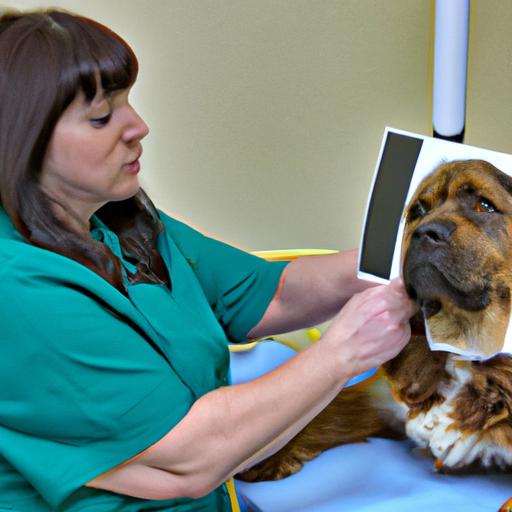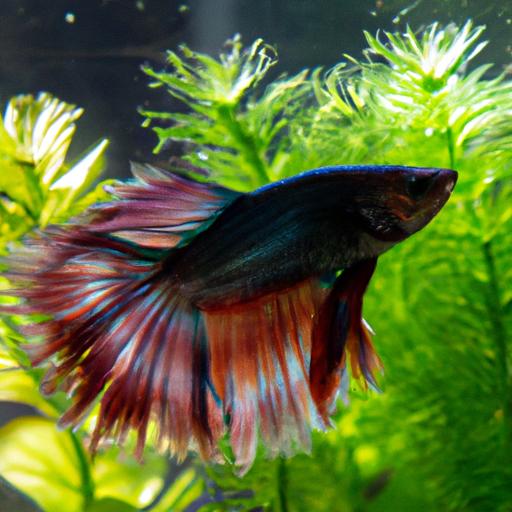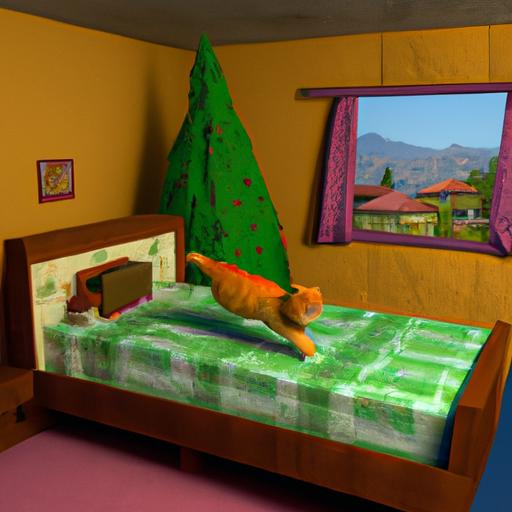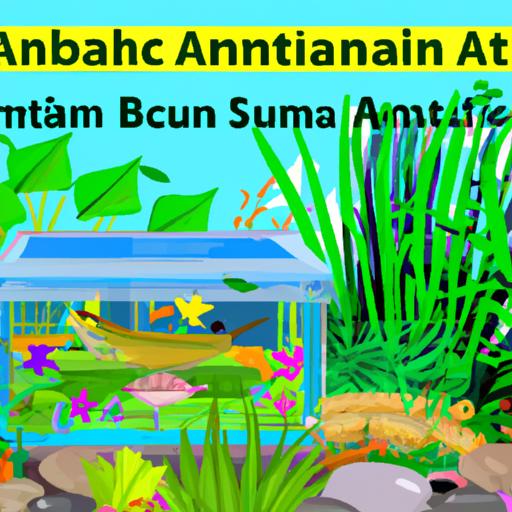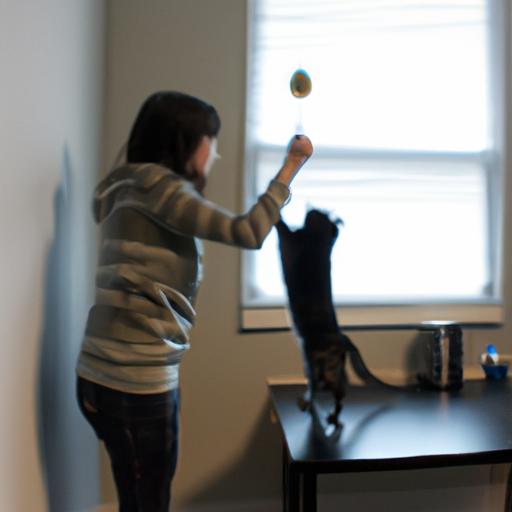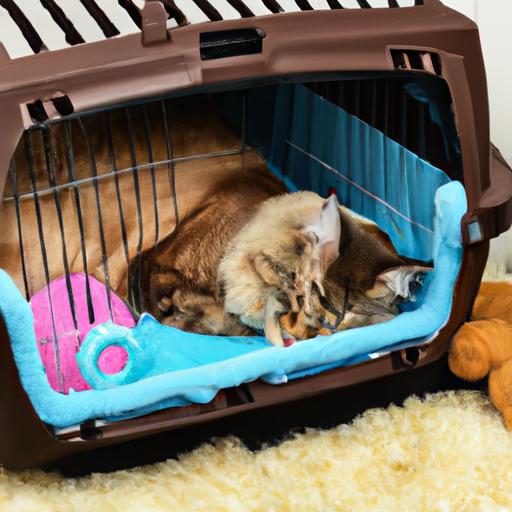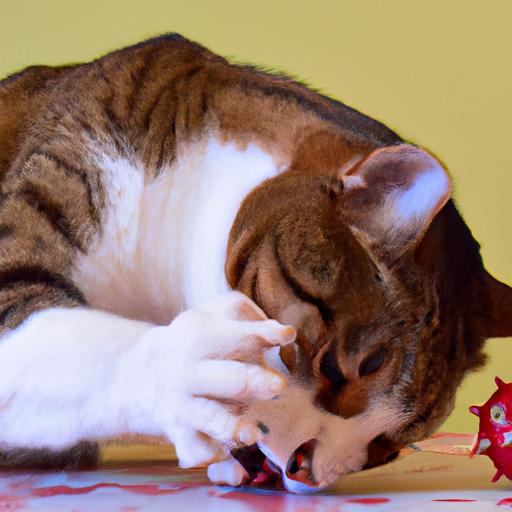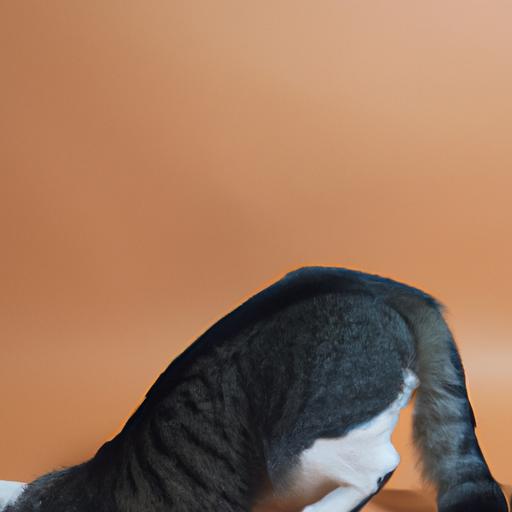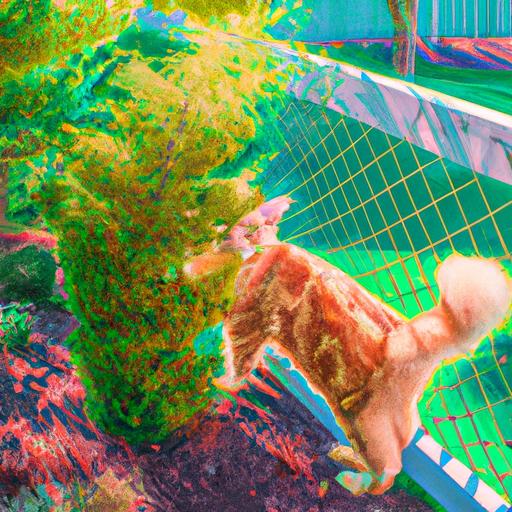
Creating a Cat-Safe Outdoor Garden: A Haven for Your Feline Friend
Learn how to create a cat-safe outdoor garden that promotes your feline friend’s well-being. Discover plant choices, fencing tips, and more.
Introduction
Creating a safe and stimulating outdoor environment for your beloved feline companion is a wonderful way to enhance their quality of life. As natural explorers, cats love to bask in the sun, breathe in the fresh air, and engage with the sights, sounds, and scents of the great outdoors. However, ensuring their safety is paramount. In this article, we will guide you through the process of creating a cat-safe outdoor garden, where your furry friend can roam freely without any risks. Let’s dive in!
Creating a Cat-Safe Outdoor Garden
When designing a cat-safe outdoor garden, it’s crucial to consider various aspects that promote both safety and enjoyment for your feline friend. Here are some key steps to follow:
-
Selecting Pet-Friendly Plants for Your Garden
To provide a safe environment for your cat, it’s essential to choose plants that are non-toxic and won’t pose any harm if nibbled on or brushed against. Opt for cat-friendly plants such as catnip, catmint, lavender, and wheatgrass. These plants not only add beauty to your garden but also provide a sensory experience that cats adore.
Remember to avoid toxic plants like lilies, azaleas, and lily of the valley, as they can cause severe health issues if ingested by your furry friend. Be sure to research and carefully select the plants that will thrive in your climate and suit your cat’s preferences.
-
Creating Boundaries with Proper Fencing
Cats are known for their agility and curiosity, which can sometimes lead to attempts to explore beyond the garden’s borders. Installing a suitable cat-proof fence is essential to prevent them from wandering off or encountering potential dangers.
Choose a fence that is tall enough to deter escape attempts and ensure that there are no gaps or openings through which your cat can squeeze through. Additionally, consider adding a cat-proof gate or barrier to restrict access to certain areas, such as roads or neighboring gardens.
-
Designating Play Areas for Your Cat
Cats love to play and indulge in their natural instincts. By creating designated play areas within your outdoor garden, you can provide them with ample opportunities for exercise, mental stimulation, and entertainment.
Install cat-friendly structures and toys, such as scratching posts, climbing trees, and interactive toys, to keep your feline friend engaged and entertained. These additions not only promote physical activity but also mimic the hunting and exploring instincts of cats in the wild.
-
Ensuring Safety without Fencing
If installing a fence is not feasible due to certain circumstances or regulations, there are alternative ways to create a safe outdoor space for your cat. Consider constructing an enclosed catio or a secure outdoor cat enclosure. These structures allow your cat to experience the outdoors while providing a protected environment free from potential dangers.
A catio can be an extension of your home or a standalone structure, equipped with perches, shelves, and climbing opportunities. This enclosed space ensures that your cat can safely enjoy the outdoors while minimizing the risk of encounters with wildlife, traffic, or toxic plants.
FAQ (Frequently Asked Questions)
Here are some commonly asked questions about creating a cat-safe outdoor garden:
-
What are some common toxic plants that should be avoided in a cat-safe garden?
Some common toxic plants that should be avoided include lilies, azaleas, tulips, daffodils, and lily of the valley. These plants can cause severe health issues if ingested by cats. It’s crucial to research and identify any potentially harmful plants before introducing them to your garden.
-
How can I create a safe outdoor environment for my cat without using a fence?
If installing a fence is not an option, consider constructing an enclosed catio or a secure outdoor cat enclosure. These structures provide a protected space for your cat to enjoy the outdoors while minimizing the risk of escape or encounters with potential dangers.
-
Are there any specific plants that are beneficial for cats to have in the garden?
Yes, there are several plants that can be beneficial for cats. Catnip and catmint are known to induce a sense of euphoria in cats. Additionally, lavender can have a calming effect, while wheatgrass provides essential nutrients and aids in digestion. These plants can enhance your cat’s sensory experience and overall well-being.
-
How can I keep my cat entertained in the outdoor garden?
To keep your cat entertained, create an environment that stimulates their natural instincts. Provide scratching posts, climbing trees, and interactive toys. Consider adding hiding spots, such as bushes or tall grass, to encourage exploration and hunting behavior. Regularly rotate toys and provide opportunities for playtime with you or other feline companions.
Conclusion
Creating a cat-safe outdoor garden is a rewarding endeavor that allows your feline friend to experience the joys of the outdoors while ensuring their safety. By selecting cat-friendly plants, installing proper fencing or enclosures, and incorporating play areas, you can provide a stimulating environment that promotes their well-being.
Remember, the key is to strike a balance between safety and enrichment, allowing your cat to indulge in their natural instincts while protecting them from potential hazards. So, embark on this exciting journey of designing a cat-safe outdoor garden and witness the happiness it brings to your furry companion. Happy gardening!















